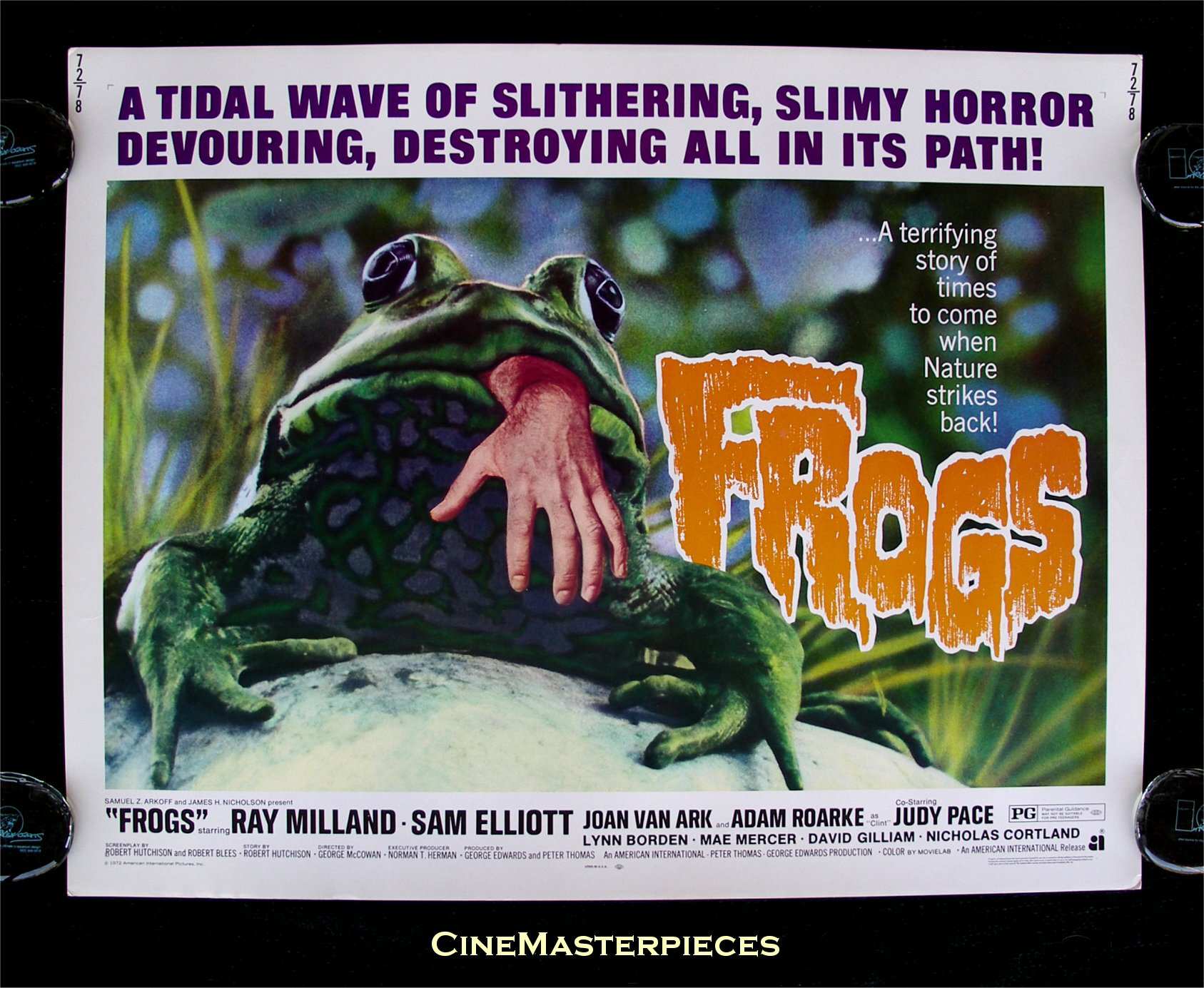
Posted on 10/01/2006 8:12:10 AM PDT by Excuse_My_Bellicosity
When paleontologists find fossilized dinosaur bones during a dig, they usually do everything in their power to protect them, using tools like toothbrushes to carefully unearth the bones without inflicting any damage. However, when scientists found a massive Tyrannosaurus rex thigh bone in a remote region of Montana a few months ago, they were forced to break the bone in two in order to fit it into the transport helicopter. This act of necessity revealed a startling surprise: soft tissue that had seemingly resisted fossilization still existed inside the bone. This tissue, including blood vessels, bone cells, and perhaps even blood cells, was so well preserved that it was still stretchy and flexible.
A scanning electron microscope revealed that the dinosaur blood vessels, which are 70 million years old, are virtually identical to those recovered from modern ostrich bones. The ostrich is today’s largest bird, and many paleontologists believe that birds are the living descendants of dinosaurs. Scientists may be able to confirm this evolutionary relationship if they can isolate certain proteins from the recently discovered T. rex tissue. These proteins could also help solve another puzzle: whether dinosaurs were cold-blooded like other reptiles or warm-blooded like mammals.
Does this discovery of soft dinosaur tissue mean that scientists will soon be able to clone a Tyrannosaurus rex? Probably not – most scientists believe that DNA cannot survive for 70 million years. Then again, before this discovery, most scientists believed that soft tissue could not survive for 70 million years either.
IF they can recover any DNA information at all--which is very doubtful--it will surely show significant similarities with human and other vertebrate DNA. The evolutionarily highly conserved HOX genes are needed during development of all vertebrate embryos to establish the basic bilateral symmetry of the body plan, limbs, and the location of major organs.
I'm afraid I'm extremely skeptical that we'll get anything. We've got 6 billion base pairs in our diploid genomes, dinosaurs were no doubt up there in the billions as well. If we do get anything it would be tiny fragments, probably just a few base pairs long (long enough to code for two or three amino acids in a chain that originally was probably several hundred amino acids long), and completely without context. We wouldn't know what gene they went into and what the reading frame was. Without a proper reading frame it would be hopeless anyway!
Your are correct, but the vultures circle anything that resembles dead meat. We have had many threads on the topic -- all flame wars.
More than anything else, this was a wake up call to Paleontologists around the world that their huge stores of dinosaur bones may contain soft tissue treasures unsuspected for generations. Undoubtedly, they are now trying to find some non-invasive process to examine bones without breaking them.
No, it would taste like ostrich. Ostrich doesn't taste like chicken, it tastes like ... um ... dinosaur.
And I should know, I have eaten both. At least, I have if the theory about alligator being a living dinosaur is true ...

What's it taste like?
Disclaimer: Opinions posted on Free Republic are those of the individual posters and do not necessarily represent the opinion of Free Republic or its management. All materials posted herein are protected by copyright law and the exemption for fair use of copyrighted works.